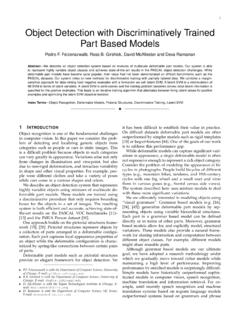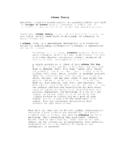Transcription of The SAMR Model as a Framework for Evaluating mLearning - ed
1 Evaluating mLearning The SAMR Model as a Framework for Evaluating mLearning Danae Romrell Lisa C. Kidder Emma Wood Idaho State University ABSTRACT As mobile devices become more prominent in the lives of students, the use of mobile devices has the potential to transform learning. Mobile learning, or mLearning , is defined as learning that is personalized, situated, and connected through the use of a mobile device. As mLearning activities are developed, there is a need for a Framework within which mLearning activities can be evaluated.
2 The SAMR Model provides such a Framework (Puentedura, 2013). This paper reviews recent literature on mLearning and provides examples of activities that fall within each of the four classifications of the SAMR Model : substitution, augmentation, modification, and redefinition. I. INTRODUCTION The SAMR Model as a Framework for Evaluating mLearning With the predominance of mobile devices in our lives, it is natural for educators to ask how they could be used to support learning. In exploring the possibilities and reviewing the research, it becomes clear that there are many factors that influence the implementation of mobile devices within the educational context.
3 Discussions of mobile learning, or mLearning , often focus on selecting an appropriate mobile device for the learning activity in question. However, it is more important for educators and instructional designers to focus on how mobile devices can be used to improve learning. Often, mobile devices are simply used to perform the same tasks that were previously completed without the use of a mobile device. This level of implementation represents the lowest level on the SAMR Model , which includes four levels of technology integration (substitution, augmentation, modification, and redefinition) and provides a Framework to support educators and instructional designers in creating optimal learning experiences using mobile devices in education.
4 This paper presents a definition of mLearning and recommends the SAMR Model as a Framework for Evaluating mLearning , facilitating the design of mLearning activities, and supporting a transformation of learning. 1 Evaluating mLearning II. METHODS What is mLearning ? Before research related to mLearning can be discussed, mLearning must be defined. Currently, researchers do not agree on a single definition of mLearning . While there is a mobile device at the heart of mLearning , it is what that device enables teachers and learners to do that truly defines mLearning . A review of the literature on mobile devices in higher education coursework illustrated several unique characteristics of learning with a mobile device that helped us formulate the proposed definition of mLearning .
5 In particular, mobile devices are personal and personalized. They are situated across contexts and time. And they are connected to information, people, and practices. These three characteristics of mobile devices make mLearning unique and different from other types of eLearning. Thus, the proposed definition of mLearning used in this paper is learning that is personalized, situated, and connected through the use of a mobile device (see Figure 1). Figure 1. mLearning is learning that is personalized, situated, and connected through the use of a mobile device. 2 Evaluating mLearning Mobile devices.
6 At the center of mLearning is a mobile device. There are many types of mobile devices, including phones, smartphones, tablets, and even small laptop computers. These devices change rapidly, with users purchasing new ones for a variety of reasons, most of them not related to education (Traxler, 2010). In the context of higher education, studies have looked at various tools and applications available on mobile devices. For example, studies have examined the use of podcasts (Cochrane, 2012; Evans, 2008); the use of short messaging systems (SMS), or texting (Brett, 2008; Chuang & Tsao, 2013; Cornelius & Marston, 2009; Gr nlund & Islam, 2010); the use of specially designed mobile applications (Dyson, Litchfield, Lawrence, Raban, & Leijdekkers, 2009; Huang, Jang, Machtmes, & Deggs, 2012; Lan, Tsai, Yang, & Hung, 2012; Pfeiffer, Gemballa, Jarodzka, Scheiter, & Gerjets, 2009; Redondo, Fonseca, S nchez, & Navarro, 2013; Wu, Hwang, Su, & Huang, 2012).
7 The use of the Global Positioning System (GPS) (Liu & Tsai, 2013); the use of social media applications (Wang, Yu, &Wu, 2013); and collecting data using images, video, or audio (Cochrane, 2010, 2012; Dyson et al., 2009; Gromik, 2012). Traxler (2010) stated that mobile devices, especially connected devices, enable students to consume that is, to access and store all sorts of knowledge almost instantly and almost wherever they are, with little or no effort compared with earlier technologies (p. 154). In the current information age, the ability to access information is an important skill. However, learning is more than the consumption of information, and the research shows that the potential of mobile devices surpasses enabling the simple information-consumption mode.
8 Moreover, there are three key characteristics that identify mLearning as a distinct form of eLearning with unique problems for educators and instructional designers. Mobile devices are personal. Several researchers have identified personalization as one of the key characteristics of mLearning for example, Kukulska-Hulme (2009) and Kearney, Schuck, Burden, and Aubusson (2012). A mobile device can be personalized through the addition of unique cases, backgrounds, sounds, and software. As Traxler (2010) observed, These devices are personal, universal, and closely linked to identity (p. 152). Looking across a classroom, an instructor can see the personalities of students reflected not only in their choice of mobile device (smartphone, tablet, cellphone) but also in the personalization of the colors, fonts, apps, and accessories associated with their devices.
9 The familiarity that the learner has with mobile devices impacts how they are used. There is a difference between devices that are borrowed and those that are owned (Kukulska-Hulme, 2009). Owned devices not only reflect the personality and preferences of an individual but also influence their actions, as afforded or hindered by the mobile device. Borrowed devices are less familiar to the owner, which often makes the device harder for the learner to use and makes the learning feel less personal. Not only can a mobile device itself be personalized, but the learning that occurs on a mobile device can also be personalized. Mobile Web tools allow for the personalization of content and interfaces used on the mobile device (Cochrane, 2010).
10 While the personal nature of the device might suggest the usefulness of personalized learning, in some cases the personal nature of the device can be an obstacle in implementing mLearning . Cochrane (2010) found that at times disconnect occurs when students use their personal mobile phones in education. In spite of this potential obstacle, mobile devices allow for both the device and the content to be personalized to the learner. This is the first characteristic that identifies mLearning it is personalized. 3 Evaluating mLearning Mobile devices are situated. Due to their size, mobile devices are portable, making it easy to take them out of the classroom (Cheon, Lee, Crooks, & Song, 2012).










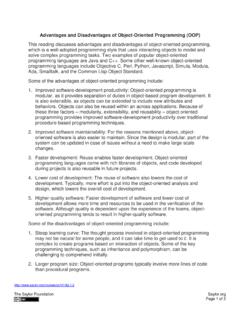
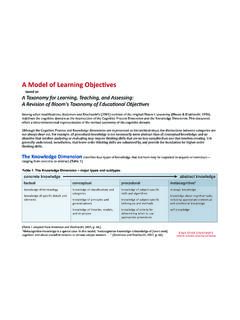
![Abstract arXiv:1506.02640v5 [cs.CV] 9 May 2016](/cache/preview/a/3/9/e/e/5/9/7/thumb-a39ee597b55a06b0e86e1cebc7152b1f.jpg)
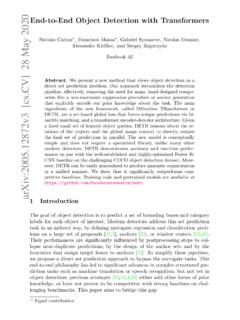
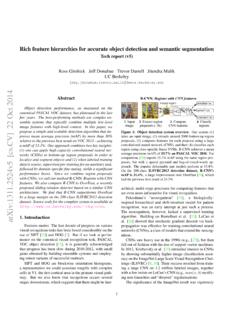
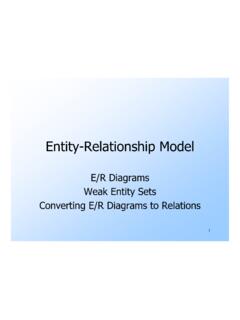
![Abstract arXiv:2103.02603v2 [cs.CV] 9 May 2021](/cache/preview/d/8/6/f/9/d/e/2/thumb-d86f9de271f3e441368a928ac5b32a7a.jpg)
![arXiv:1512.02325v5 [cs.CV] 29 Dec 2016](/cache/preview/8/d/2/3/e/f/c/3/thumb-8d23efc382468588a2c4a27a24325f60.jpg)
